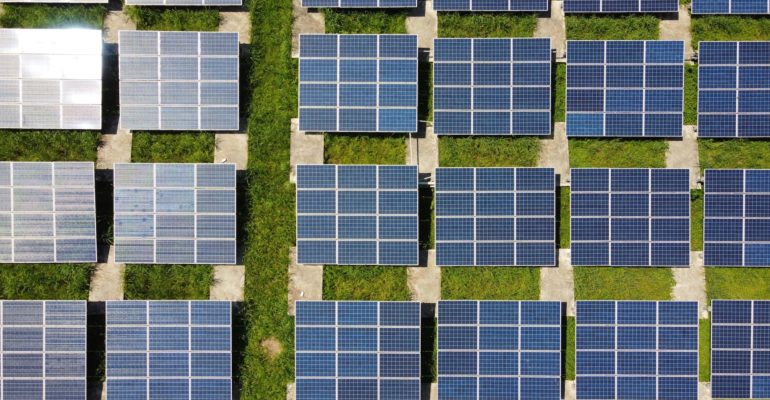Energy GIS Applications
April 8, 2023 2023-04-08 16:30Energy GIS Applications
Energy GIS Applications
Geographic Information Systems (GIS) are increasingly being used in the energy sector to improve decision-making processes, optimize operations, and reduce costs. Energy GIS applications involve the integration of geospatial data with energy-related data to provide valuable insights into the energy system. In this article, we will explore the various applications of GIS in the energy sector, with a focus on a case study of the use of GIS in renewable energy development.
Applications of GIS in the Energy Sector
- Site Selection: GIS can be used to identify suitable locations for energy infrastructure, such as wind turbines or solar panels. By analyzing factors such as topography, land use, and wind speed, GIS can help identify areas with high potential for renewable energy development.
- Resource Assessment: GIS can be used to assess the availability and quality of energy resources. For example, GIS can be used to estimate the solar radiation, wind speed, or geothermal potential of a particular location.
- Grid Planning: GIS can be used to plan and optimize the energy grid. By analyzing data on energy demand, transmission lines, and generation capacity, GIS can help identify areas where new transmission lines or power plants are needed.
- Environmental Impact Assessment: GIS can be used to assess the environmental impact of energy infrastructure projects. By analyzing data on factors such as land use, wildlife habitats, and water resources, GIS can help identify potential environmental risks and develop strategies to mitigate them.
Case Study: GIS in Renewable Energy Development
The use of GIS in renewable energy development is a prime example of the potential benefits of energy GIS applications. One such case study involves the use of GIS to identify suitable locations for wind turbines in the state of Kansas.
Kansas is a state with vast wind resources, and the development of wind energy has the potential to provide a significant source of renewable energy. However, wind turbines must be located in areas with sufficient wind resources, minimal environmental impact, and easy access to transmission lines.
Using GIS, a team of researchers from Kansas State University and the National Renewable Energy Laboratory (NREL) analyzed data on wind speed, land use, and transmission lines to identify suitable locations for wind turbines. The researchers used a combination of GIS software and wind resource modeling tools to create a wind resource map of the state.
The wind resource map identified areas with high wind potential, as well as areas with minimal environmental impact and easy access to transmission lines. The researchers used this information to identify potential sites for wind turbine development, which were then further analyzed for feasibility.



